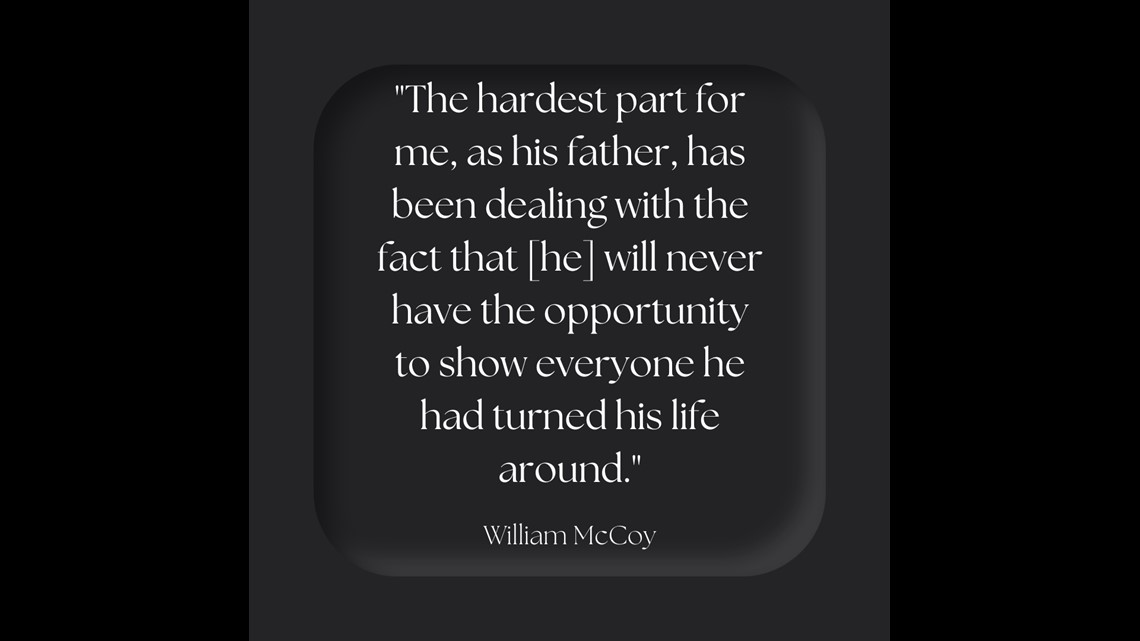Understanding ADHD: Beyond TikTok Trends

Table of Contents
What is ADHD? Debunking Common Misconceptions
ADHD is far more nuanced than many social media portrayals suggest. It's not just about being "hyper" or "scatterbrained." Attention deficit hyperactivity disorder is characterized by a persistent pattern of inattention and/or hyperactivity-impulsivity that interferes with functioning or development. There are three main ADHD subtypes:
ADHD is not just "inattentiveness."
-
Predominantly Inattentive Presentation: This subtype is characterized primarily by difficulties with focus, organization, and memory. Individuals may struggle with:
- Difficulty sustaining attention in tasks or play
- Difficulty organizing tasks and activities
- Often forgetful in daily activities
-
Predominantly Hyperactive-Impulsive Presentation: This subtype is defined by excessive hyperactivity and impulsivity. Individuals may exhibit:
- Fidgeting or squirming
- Difficulty remaining seated
- Excessive talking
- Interrupting others
- Difficulty waiting their turn
-
Combined Presentation: This is the most common subtype, encompassing symptoms of both inattention and hyperactivity-impulsivity.
It's crucial to understand that ADHD manifests differently in individuals. Symptoms can vary greatly in severity and presentation, making accurate diagnosis essential. Common myths about ADHD need to be debunked: ADHD is not caused by bad parenting, nor is it simply a childhood disorder; many adults continue to experience significant challenges related to ADHD. Understanding the ADHD diagnosis criteria is key to accurate assessment.
The Challenges of Living with ADHD
Living with ADHD presents a unique set of challenges impacting various aspects of life.
Academic and Professional Struggles
ADHD significantly impacts academic performance and career development. Individuals may face:
- Difficulty with time management and organization: Procrastination, missed deadlines, and disorganization are common struggles.
- Challenges with executive function: This encompasses planning, prioritizing, working memory, and self-regulation, all of which are vital for academic and professional success.
- Increased risk of procrastination and poor task completion: Starting and finishing tasks can be incredibly difficult.
- Potential for social and emotional difficulties: These can stem from difficulties with impulse control, leading to social misunderstandings or conflict.
Personal and Relational Impacts
The impact of ADHD extends beyond academics and work, significantly affecting personal relationships and overall well-being:
- Difficulty maintaining relationships: Impulsivity or inattention can strain relationships with friends, family, and romantic partners.
- Increased risk of anxiety and depression: The challenges associated with ADHD can contribute to mental health struggles.
- Challenges with self-esteem and self-confidence: Frequent setbacks and difficulties can negatively impact self-perception.
- Impact on family dynamics: ADHD can strain family relationships, requiring understanding and support from family members.
Seeking Help and Treatment Options for ADHD
Early intervention and appropriate support are crucial for managing ADHD effectively.
The Importance of Professional Diagnosis
A proper diagnosis is the first step in addressing ADHD. This should be conducted by a qualified healthcare professional, such as a psychiatrist, psychologist, or pediatrician. The diagnostic process typically involves:
- Questionnaires: Standardized questionnaires assess symptoms and their impact.
- Interviews: Detailed interviews gather information about the individual's history and experiences.
- Observations: Observations may be conducted in various settings to assess behavior.
- Ruling out other conditions: It's important to rule out other conditions that may share similar symptoms.
Available Treatment Modalities
Several treatment options are available to help manage ADHD symptoms:
- Medication: Stimulant and non-stimulant medications can help improve focus, reduce impulsivity, and increase attention. Potential side effects should be discussed with a healthcare provider.
- Therapy: Behavioral therapy and cognitive behavioral therapy (CBT) teach coping mechanisms and strategies for managing symptoms.
- Lifestyle modifications: Changes in diet, exercise, and sleep habits can significantly impact ADHD symptoms.
Conclusion:
Understanding ADHD goes beyond the simplified depictions seen on social media. It's a multifaceted condition with diverse challenges and a range of treatment options. Recognizing the symptoms, seeking professional diagnosis, and exploring appropriate treatment are crucial steps in managing ADHD effectively. Don't let the casual online portrayals overshadow the serious impact of this condition. If you suspect you or someone you know may have ADHD, consult a healthcare professional. Take the first step toward understanding and managing ADHD today. Learn more about attention deficit hyperactivity disorder and available support resources by contacting your doctor or searching for reputable organizations like CHADD (Children and Adults with Attention-Deficit/Hyperactivity Disorder).

Featured Posts
-
 Trump Backs Pete Rose Pardon And Hall Of Fame Induction Call
Apr 29, 2025
Trump Backs Pete Rose Pardon And Hall Of Fame Induction Call
Apr 29, 2025 -
 Garantia De Gol Con Alberto Ardila Olivares
Apr 29, 2025
Garantia De Gol Con Alberto Ardila Olivares
Apr 29, 2025 -
 Middle Management Bridging The Gap Between Leadership And Employees For Optimal Results
Apr 29, 2025
Middle Management Bridging The Gap Between Leadership And Employees For Optimal Results
Apr 29, 2025 -
 Ohio Train Disaster Long Term Impact Of Lingering Toxic Chemicals On Buildings
Apr 29, 2025
Ohio Train Disaster Long Term Impact Of Lingering Toxic Chemicals On Buildings
Apr 29, 2025 -
 2026 Porsche Cayenne Ev Spy Photos Reveal Key Details
Apr 29, 2025
2026 Porsche Cayenne Ev Spy Photos Reveal Key Details
Apr 29, 2025
Latest Posts
-
 Nebraska Senators Question Gretna Mega Development
Apr 30, 2025
Nebraska Senators Question Gretna Mega Development
Apr 30, 2025 -
 Biker Seriously Injured In Lorry Collision Investigation Underway
Apr 30, 2025
Biker Seriously Injured In Lorry Collision Investigation Underway
Apr 30, 2025 -
 Family Sues San Diego County Over Inmates Death In Custody
Apr 30, 2025
Family Sues San Diego County Over Inmates Death In Custody
Apr 30, 2025 -
 Inmates Death At San Diego County Jail Prompts Family Lawsuit Alleging Torture And Murder
Apr 30, 2025
Inmates Death At San Diego County Jail Prompts Family Lawsuit Alleging Torture And Murder
Apr 30, 2025 -
 San Diego Sheriffs Office Faces Lawsuit Following Inmate Death
Apr 30, 2025
San Diego Sheriffs Office Faces Lawsuit Following Inmate Death
Apr 30, 2025
